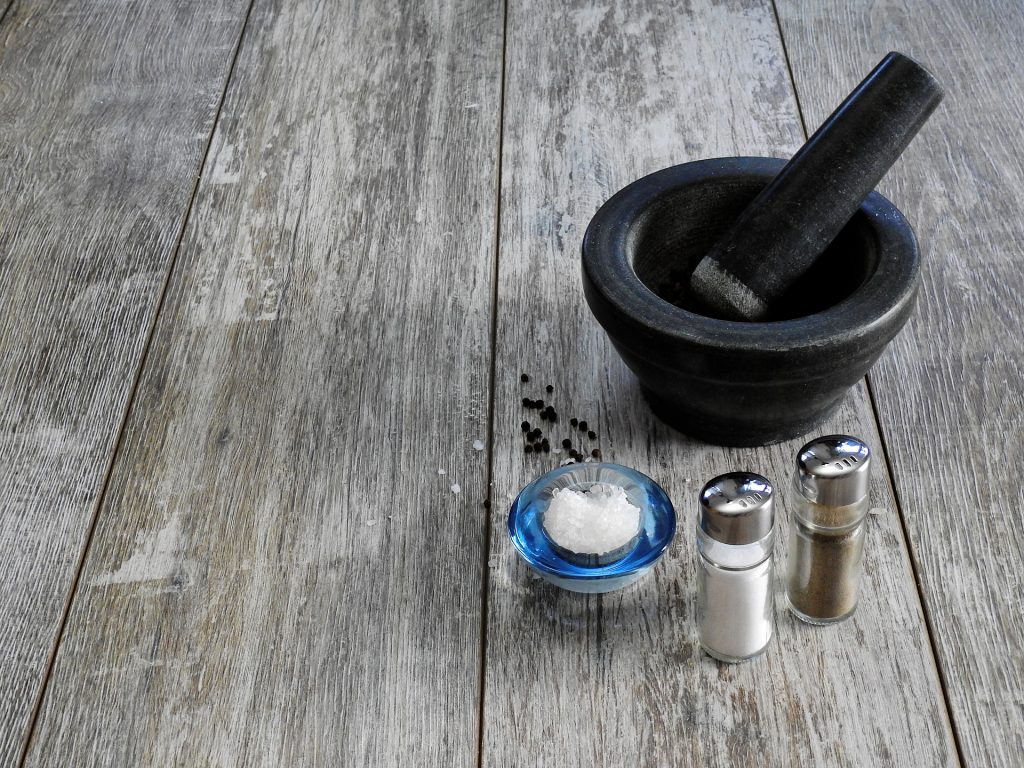 The sodium to potassium ratio in the diet plays an important role in the regulation of intracellular and extracellular fluid, as well as the regulation of neuronal activity. This is why the potassium to sodium ratio of the diet is regarded as having a strong association to the risk of cardiovascular disease. The association between the potassium to sodium ratio and cardiovascular disease is much stronger than that of either sodium or potassium in isolation. Generally, fruits and vegetables contain a potassium to sodium ratio of between 10 and 20 to 1. Diets high in plant foods therefore supply much more potassium compared to sodium and this higher amount of potassium (a ratio of about 2.3 potassium to 1 sodium is recommended) facilitates maintenance of normal fluid and neuronal homeostasis. However, processed foods contains far more sodium, and this may significantly lower the sodium to potassium ratio in favour of sodium. A number of studies have therefore investigated the sodium to potassium ratio of the Western diet.
The sodium to potassium ratio in the diet plays an important role in the regulation of intracellular and extracellular fluid, as well as the regulation of neuronal activity. This is why the potassium to sodium ratio of the diet is regarded as having a strong association to the risk of cardiovascular disease. The association between the potassium to sodium ratio and cardiovascular disease is much stronger than that of either sodium or potassium in isolation. Generally, fruits and vegetables contain a potassium to sodium ratio of between 10 and 20 to 1. Diets high in plant foods therefore supply much more potassium compared to sodium and this higher amount of potassium (a ratio of about 2.3 potassium to 1 sodium is recommended) facilitates maintenance of normal fluid and neuronal homeostasis. However, processed foods contains far more sodium, and this may significantly lower the sodium to potassium ratio in favour of sodium. A number of studies have therefore investigated the sodium to potassium ratio of the Western diet.

The World Health Organisation’s current recommendation is for an adult to consume less than 2000 mg per day of sodium and 4600 mg per day of potassium. This provides a potassium to sodium ratio of about 2.3 to 1. Nutritionist may argue that this ratio should be even higher. This ratio can easily be achieved by eating a high quality diet containing high amounts of plant foods, particularly fruits and vegetables. Processed foods contain very high amounts of sodium, and so only small amounts of processed foods in the diet can significantly reduce to sodium to potassium ratio of the diet. High intakes of sodium in isolation are not as damaging as a high sodium to potassium ratio, the main consequence of which is a significant increase in cardiovascular disease. High amounts of potassium in isolation can also be damaging, and so as with all things nutritional, it is the balance that should be considered as all nutrients work with other nutrients in cells and tissues.
Current estimates are that only about a tenth of adult obtain potassium to sodium ratios in the diet that meet the World Health Organisation’s recommendations (2.3 to 1). However, gender age and ethnic differences exist. The sodium to potassium ratio has been shown to decrease linearly with age, suggesting that older individual may consume more plant foods such as fruits and vegetables, in combination with fewer processed foods. Evidence also suggests that women may have a lower sodium to potassium ratio in their diet compared to men, and that whites may have a low sodium to potassium ratio compared to blacks or Asians. Only around 12 % of US adults have sodium to potassium ratios of less that 1 in their diets. In US adults consuming a sodium to potassium ratio of less than 1, vegetables and dairy products comprise the most frequently consumed sources of potassium. However, in those with a sodium to potassium ratio of over 1, protein foods and mixed dishes comprised the main source of potassium.
Eat Well, Stay Healthy, Protect Yourself
RdB
